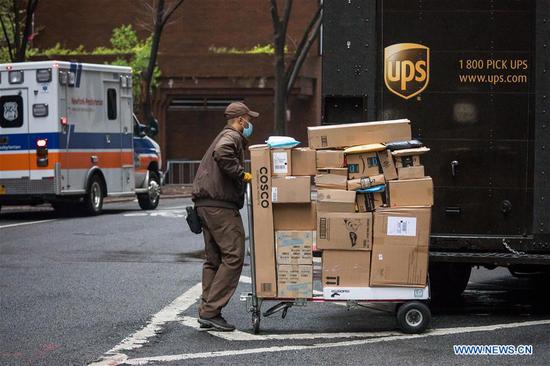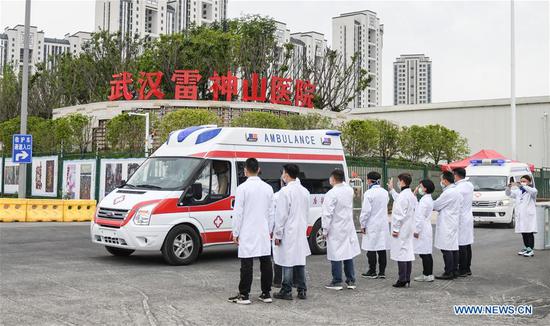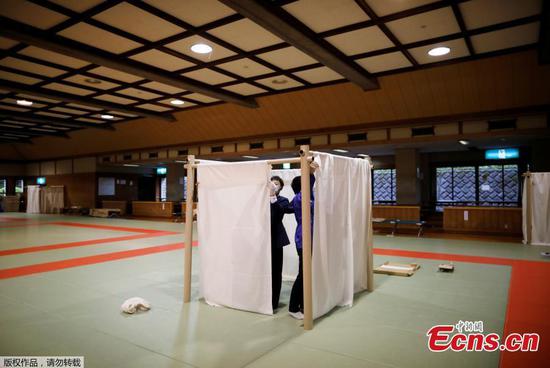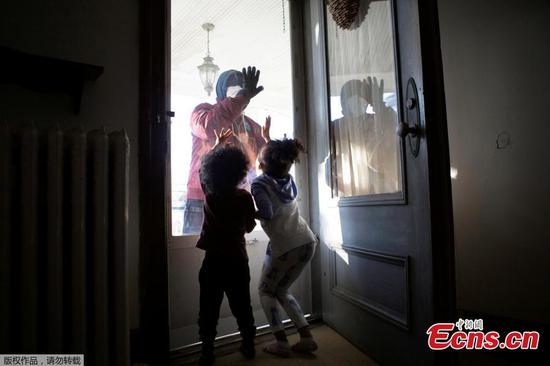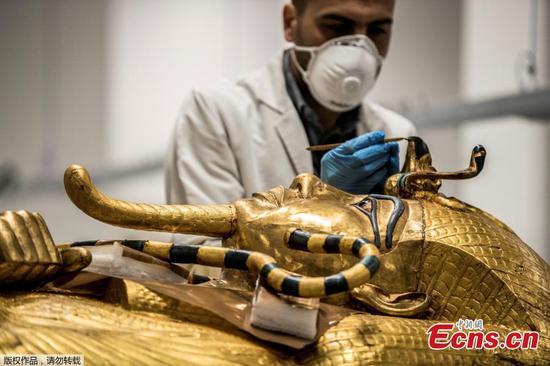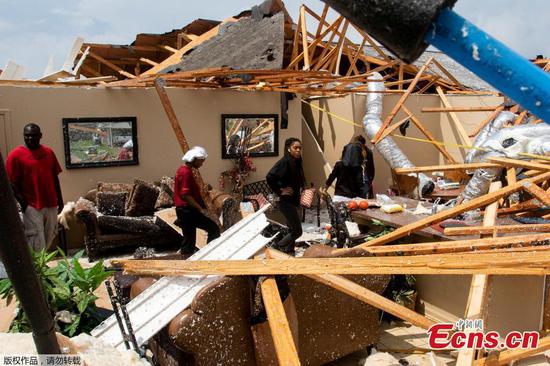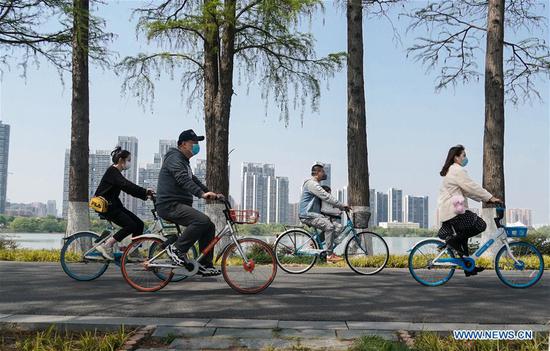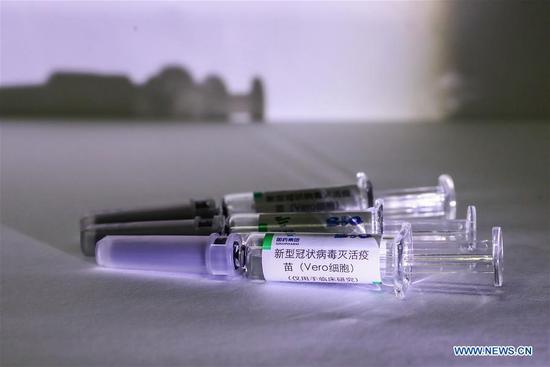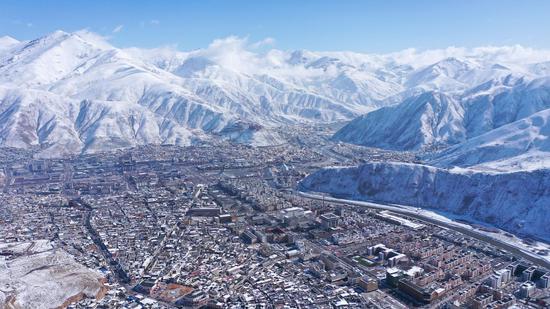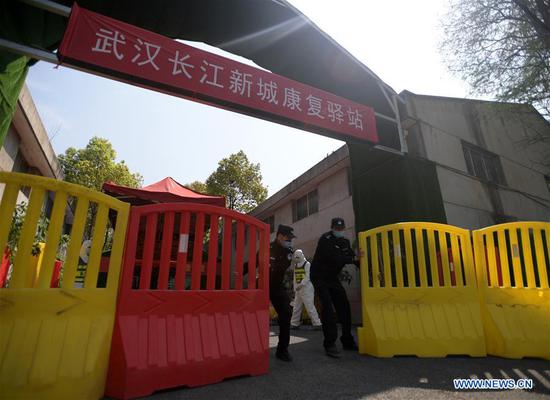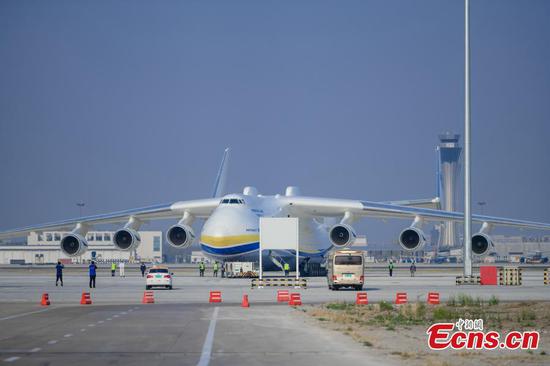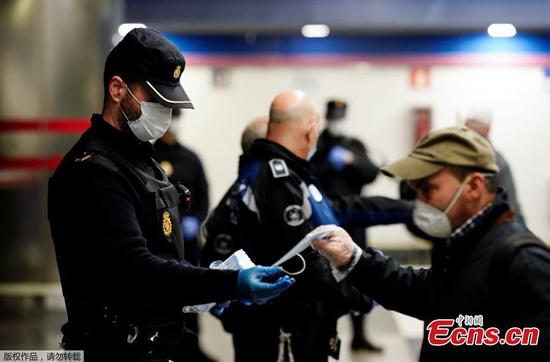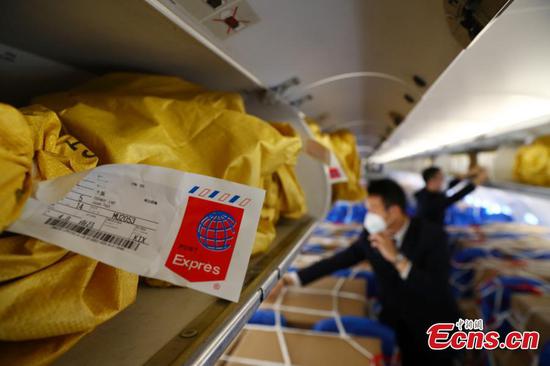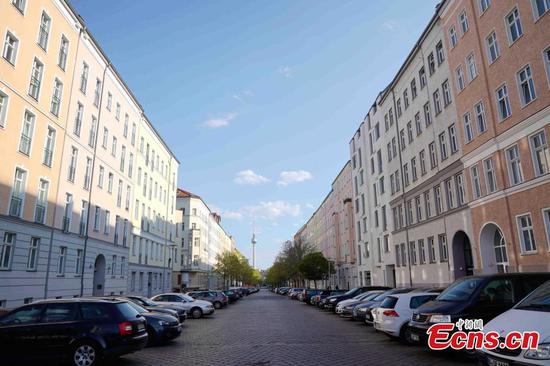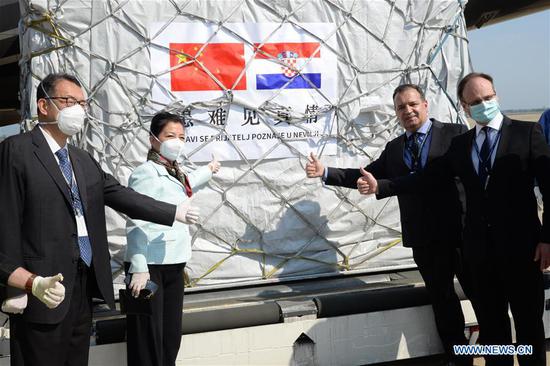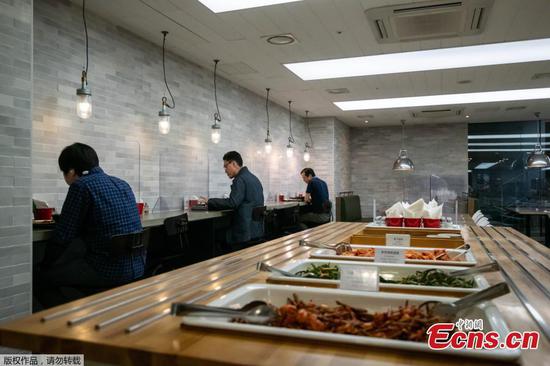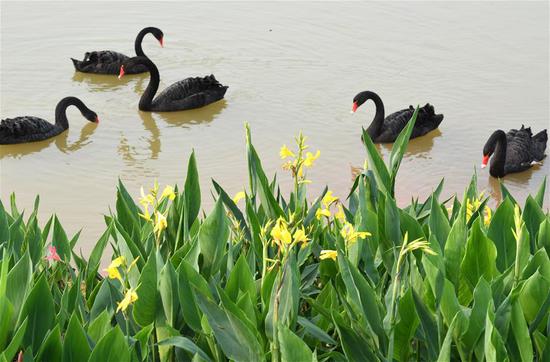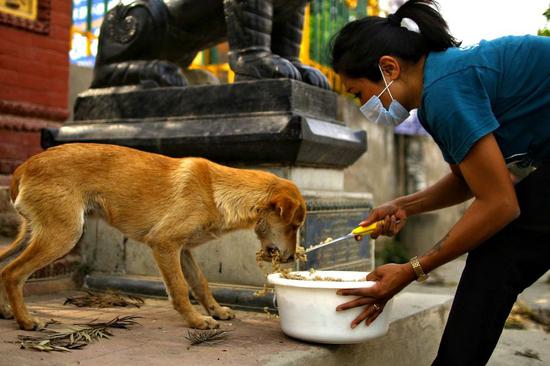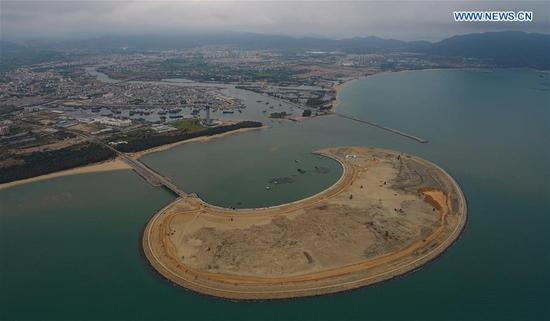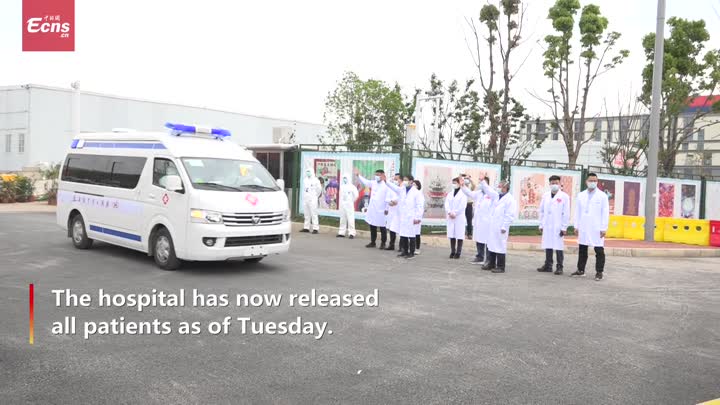
An ambulance transfers some of the last four patients of Leishenshan Hospital, built to handle patients with COVID-19 in Wuhan, Hubei province, to Zhongnan Hospital of Wuhan University on Tuesday. (GAO XIANG/FOR CHINA DAILY)
Leishenshan Hospital, built as a temporary facility for treating patients infected with novel coronavirus pneumonia in China's hardest-hit city, Wuhan, Hubei province, is set to close on Wednesday.
The last four patients, who now test negative for the novel coronavirus but remain critically ill with other illnesses, were transferred on Tuesday to Zhongnan Hospital of Wuhan University for further treatment.
The temporary hospital, built in less than two weeks in response to the public health emergency and having a capacity of 1,500 beds, has fulfilled its mission, according to the hospital's president, Wang Xinghuan, who is also the president of Zhongnan Hospital.
Since opening on Feb 8, the hospital admitted 2,011 patients infected with COVID-19, with serious cases accounting for about 45 percent, Wang said, adding that the hospital's overall mortality rate was about 2.3 percent.
"We achieved fairly good results in treating the patients and saving lives, even on a global scale," he said. "This was made possible thanks to the united efforts of the more than 3,000 medical workers from 286 hospitals from around the country."
After being thoroughly disinfected, the hospital will remain on standby and will not be dismantled, Wang said.
Yuan Yufeng, vice-president of Leishenshan Hospital, said the four transferred patients-one 80 years old, two in their 70s and one 31-will be treated in a ward of Zhonghan Hospital's intensive care unit, and they will be separated from other patients in the hospital.
Leishenshan Hospital and Huoshenshan Hospital have been hailed as a "miracle" in China's fight against the contagion. Huoshenshan Hospital, in the western suburbs of Wuhan, was built in 10 days.
Wuhan authorities decided to build the two medical facilities because other hospitals in the city that were designated to treat coronavirus patients were stretched to capacity in late January.
Shortly after the outbreak, huge numbers of patients flocked to Wuhan hospitals, which were struggling to prevent medical workers from being exposed to the virus. Many hospitals said they were running short of protective equipment and appealed online to the public for help.
More than 34,000 workers from around the country and over 4,000 managers worked around-the-clock to build the hospitals to supplement the overstretched care facilities.
The temporary facilities-modeled on Xiaotangshan Hospital in Beijing, which was built in a week during the 2003 SARS outbreak-played a key role in containing Wuhan's coronavirus outbreak.










